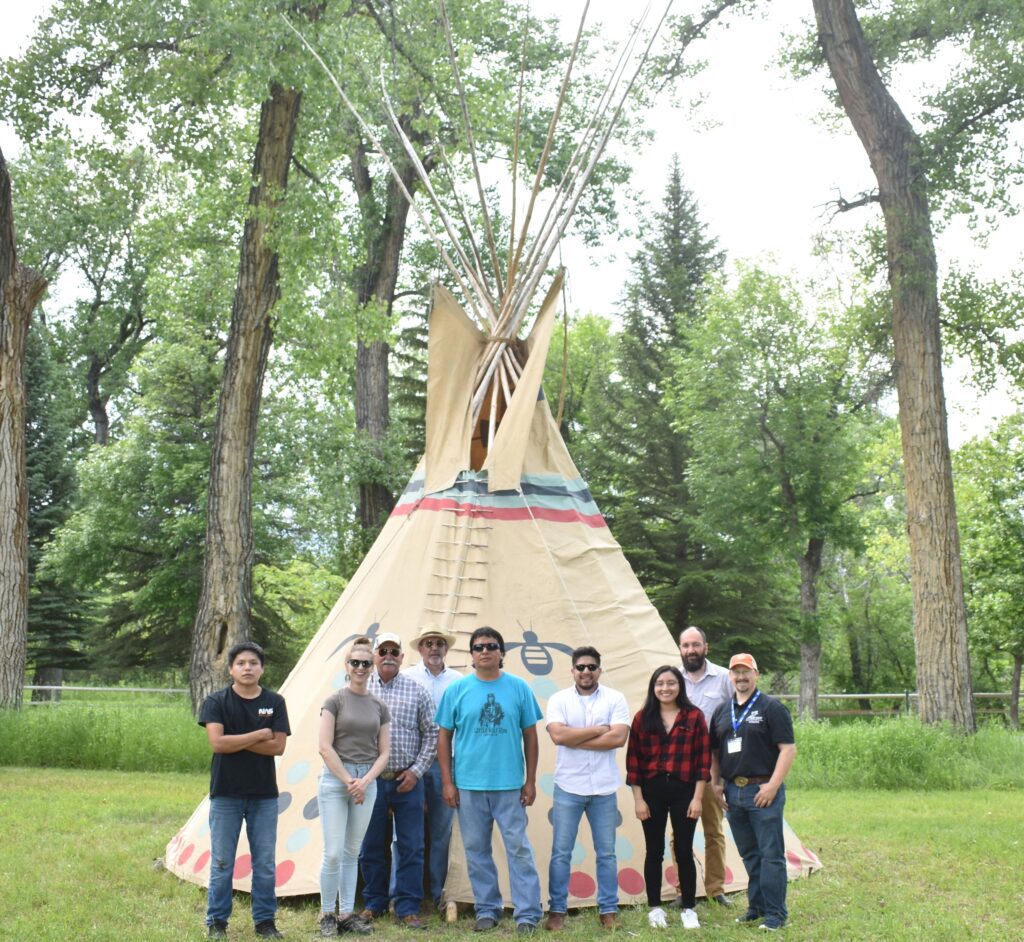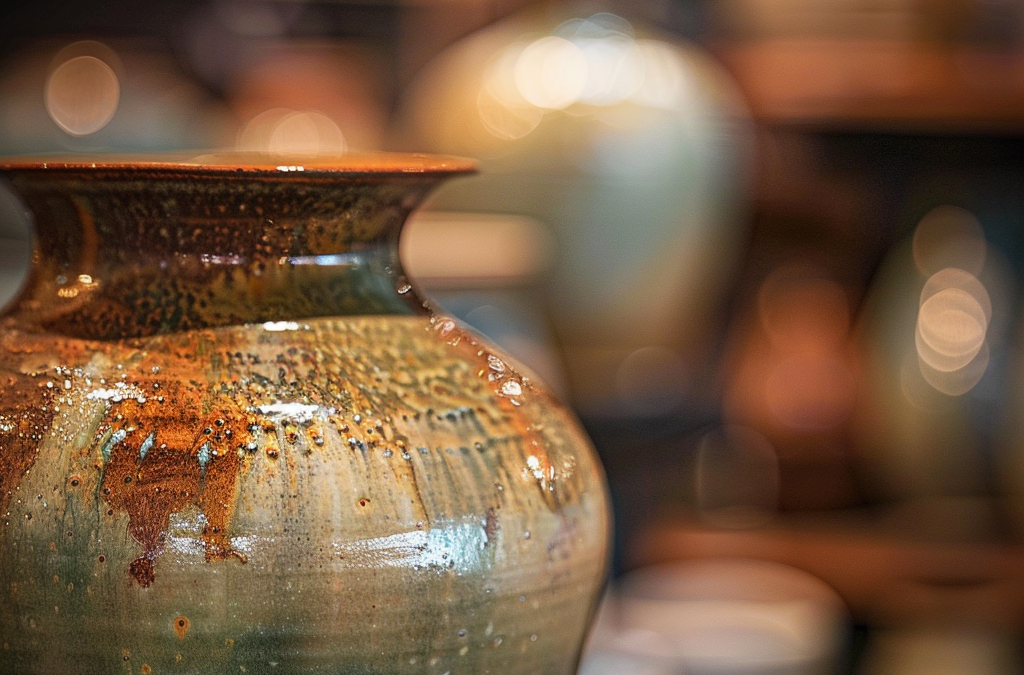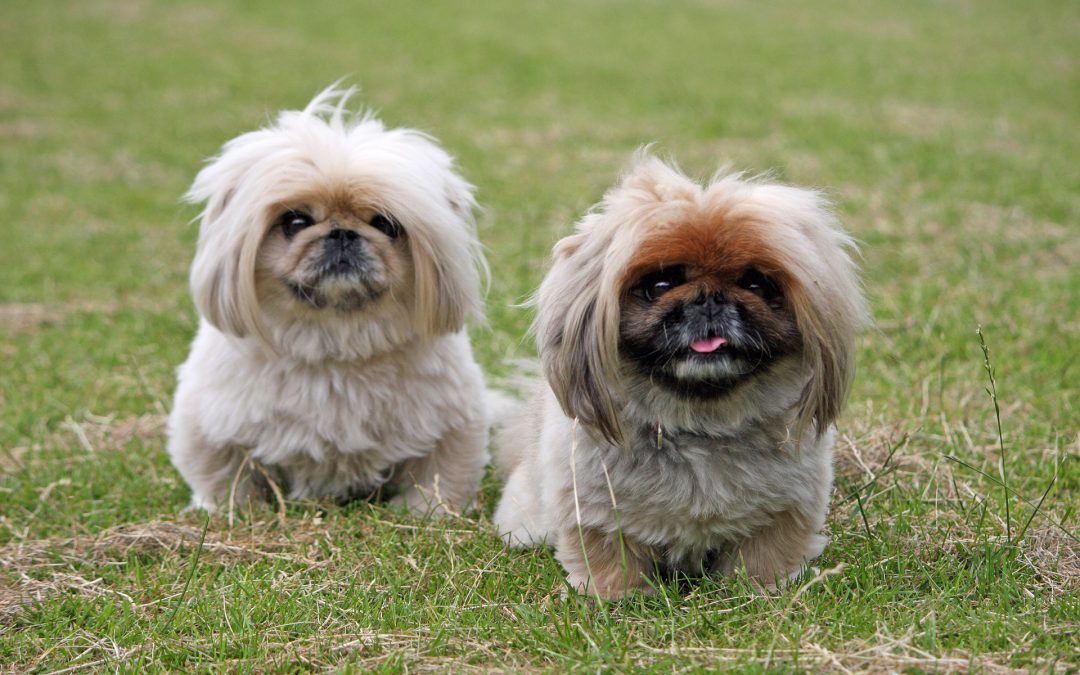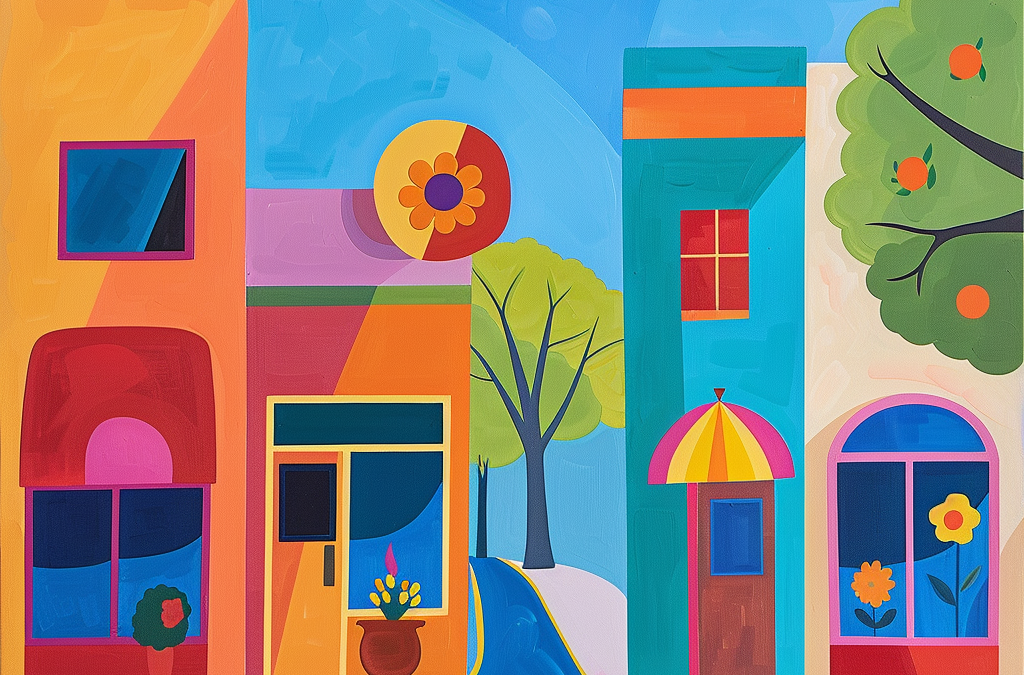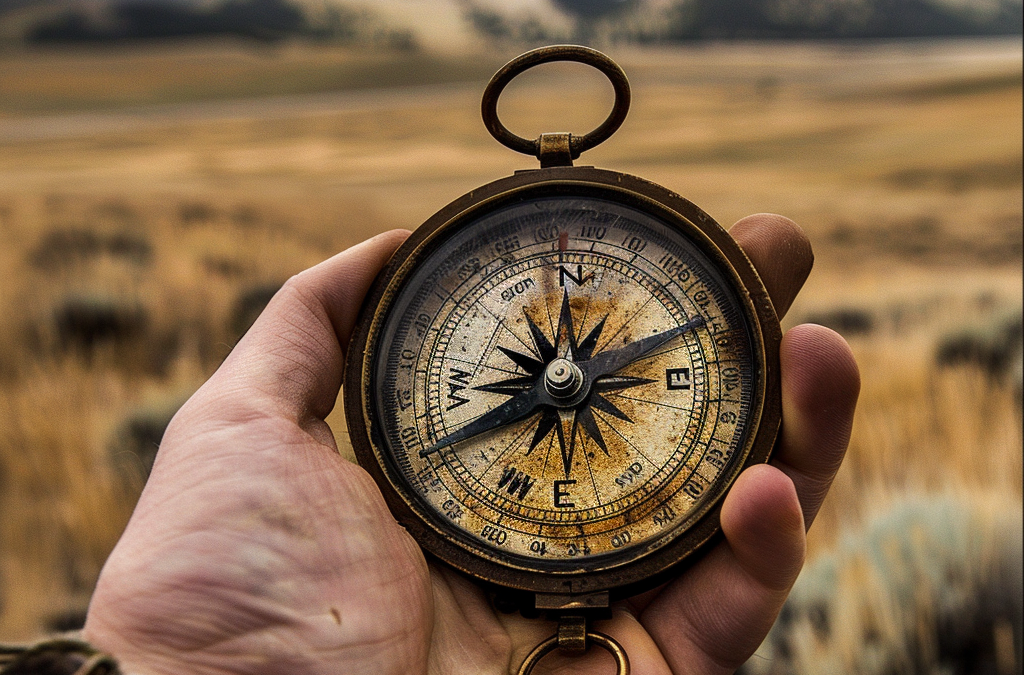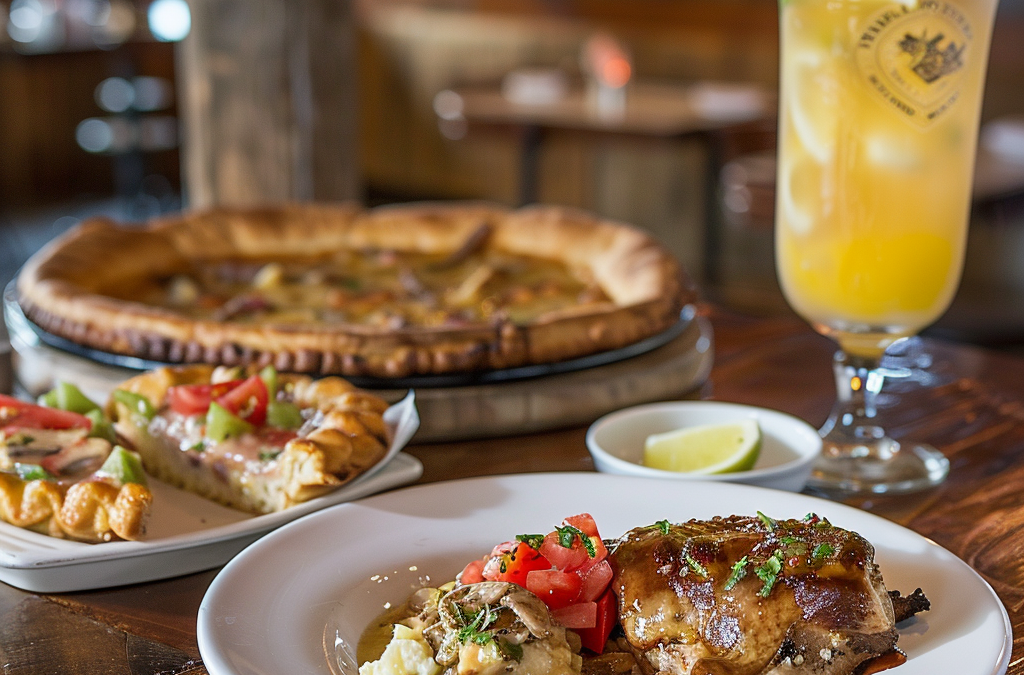For centuries, Plains Indian Tribes have utilized the tipi as a resourceful way of constructing required shelter during their way of life that followed buffalo herds. Myron Red Sleeves of the Northern Cheyenne Tribe and his father, Wallace Bear Chum, Board Liaison of the Brinton Museum, recently demonstrated the traditional ways a tipi is raised to honor this piece of cultural identity.
The Plains Indian Tribes, including the Cheyenne, Sioux, Crow, and Kiowa, are known for their ingenious use of the tipi as a mobile home. Anticipating their lifestyle of following the buffalo herds, these resourceful tribes developed an easily transportable lodge that could be moved from place to place with the help of dogs and horses. Crafted from long wood poles covered in tanned buffalo hide, the tipi was a robust structure that could be quickly erected and taken down.
Raising the Tipi
The Bear Chum and Red Sleeves family demonstrated how their tribe traditionally raised the tipi on June 13th at the Brinton Museum grounds. The lodgepoles used were 18 to 20 feet long, and three poles were tied together near the top to form a triangle shape, while the other poles were added and lashed with rope made of braided rawhide. According to Bear Chum, “We use 17 poles.” Once the poles were in place, the cover was rolled up and placed on them.
Wallace Bear Chum, Board Liaison of the Brinton Museum, and his son Myron Red Sleeves of the Northern Cheyenne Tribe, who live at Lame Deer, Montana, proudly demonstrated on June 13th at the Brinton Museum grounds how their tribe traditionally raised the tipi. The lodgepoles were 18 to 20 feet long, and three poles were tied together near the top and stood in a triangle shape. After this was established, the other poles were added and lashed together with rope made of braided rawhide. Once the poles were in place, the cover was rolled up and placed on the poles. According to Bear Chum, “We use 17 poles.”
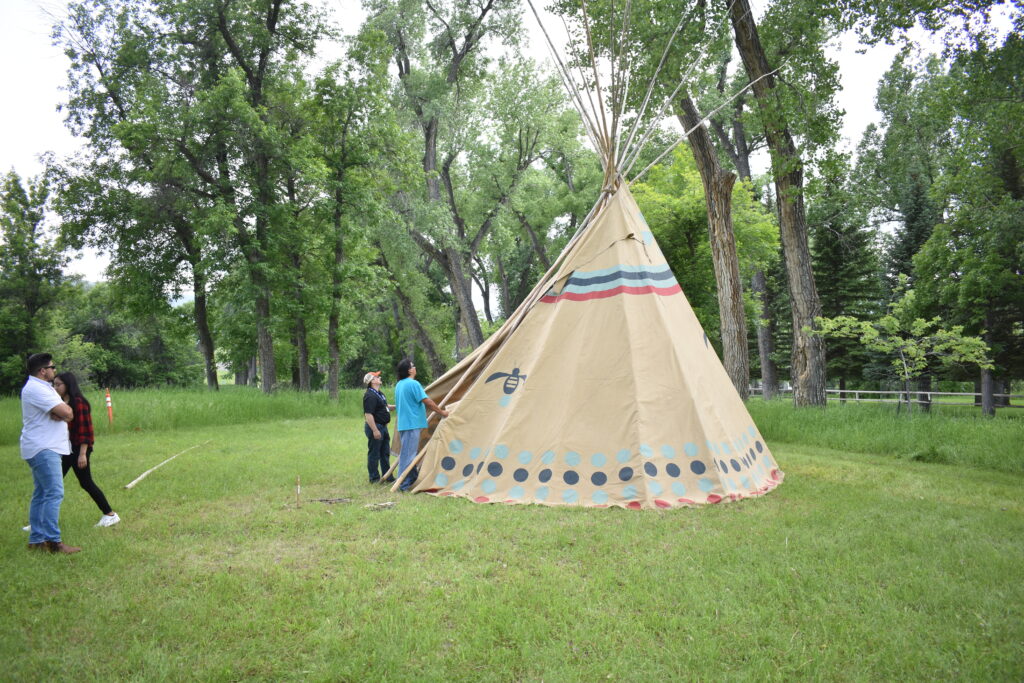
His son Red Sleeves added, “We usually face the tipi east toward the rising sun.” The tipi they erected was around 18 foot around, but they were usually smaller in the older days. It is said it took 18-20 buffalo hides to make a tipi 18 feet in diameter. However, today the tipi is made with a canvas cover. Traditionally, the women raised the tipi and took it down when they struck camp. Today some tribes have tipi races between teams, and Bear Chum said his team could put up a tipi in nine minutes. Tipi races were also featured at All-American Indian Days, held in Sheridan between 1953 and 1984.
Several tribes, such as the Crow, Cheyenne, and Arapahoe, had painted tipi covers, traditionally having white lodges. The Cheyenne tipis were painted with a warrior’s deeds or pictures representing his name. It was common for a family member with an artistic bent to paint the tipi. Proudly standing on the Brinton Museum Grounds all summer is a tipi that Bear Chum and Red Sleeves erected traditionally.
It is a unique piece of art, boasting 1,086 painted symbols.
The tipi proves to be a remarkable embodiment of the ingenuity and adaptability of Plains Indian tribes in their nomadic lifestyle. From transportation over long distances with horses and dogs to quick assembly and dismantling within minutes, the tipi offers an illustrious testament to the resourcefulness and resilience of these often-overlooked nations. The tradition of constructing and using the tipi is held up by everything from races between teams to modern cultural demonstrations to dedications from family members like Wallace Bear Chum and Myron Red Sleeves. For centuries, the tipi has been a beacon for both creative design and its representation of the essence of a culture that cherishes and remembers its ancient heritage daily.

